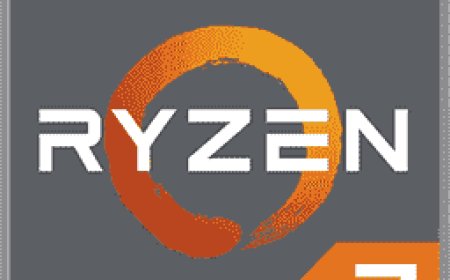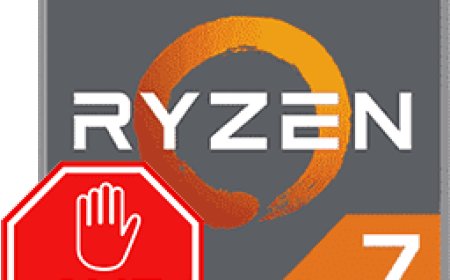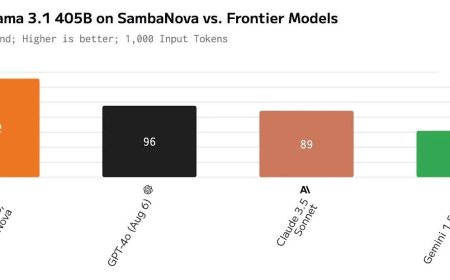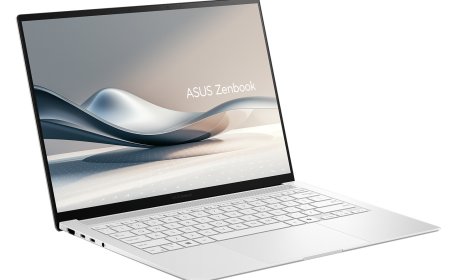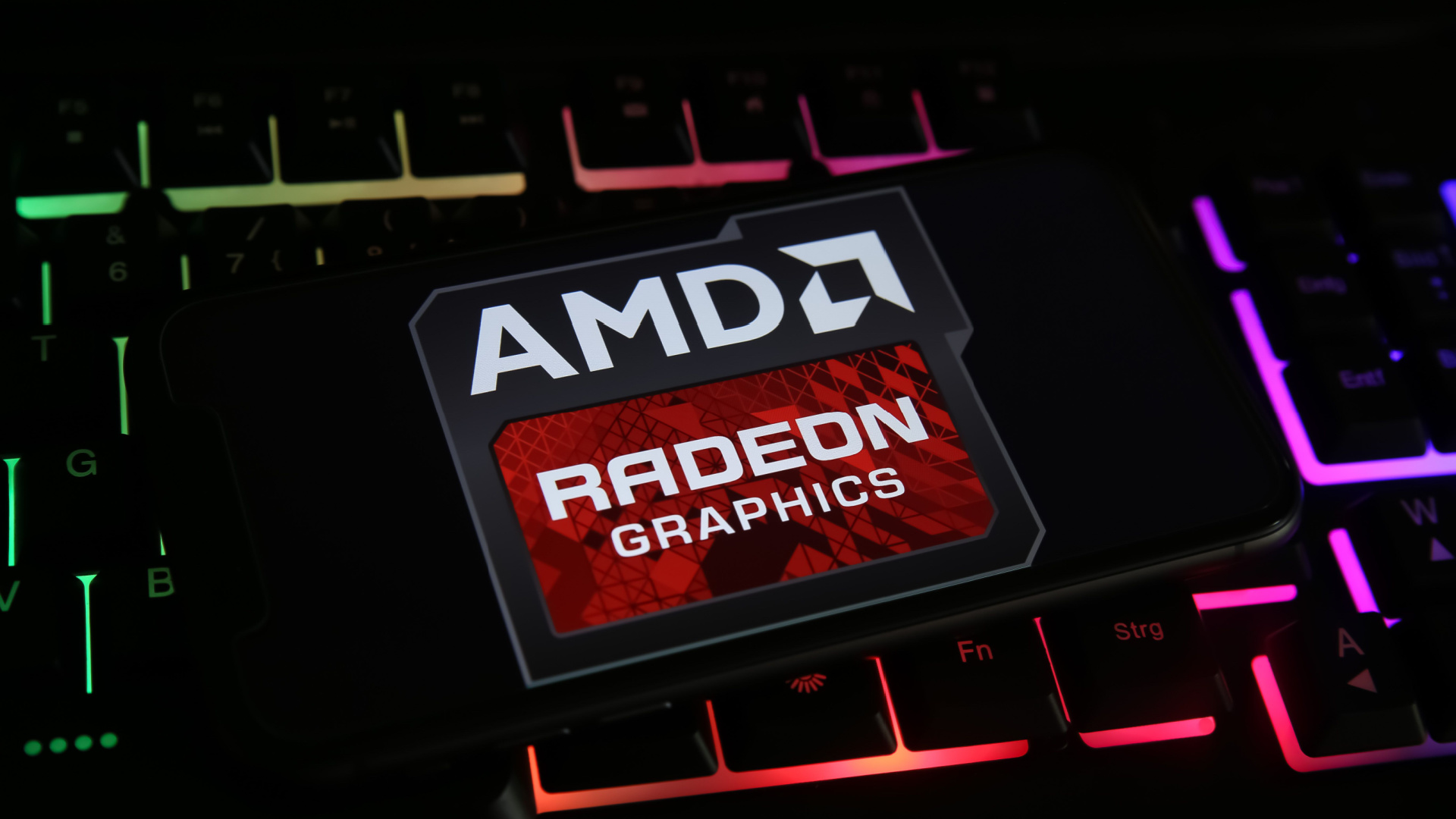AMD Radeon RX 8000 “RDNA 4” GPUs To Feature Up To 20 Gbps GDDR6 Memory, 256-bit & 192-bit Flavors
AMD Radeon RX 8000 “RDNA 4” GPUs To Feature Up To 20 Gbps GDDR6 Memory, 256-bit & 192-bit Flavors

AMD's next-generation Radeon RX 8000 "RDNA 4" GPUs are now expected to feature up to 20 Gbps GDDR6 memory modules.
The latest information comes from Kepler_L2 who is now stating faster memory clocks for the AMD Radeon RX 8000 GPU family based on the RDNA 4 graphics architecture. A few months back, Kepler stated that the lineup would utilize 18 Gbps GDDR6 memory across the entire stack but it looks like we will be getting faster memory solutions.
256 20256 18192 19
????
— Kepler (@Kepler_L2) August 27, 2024
There are three speeds mentioned so we can expect some different configurations. There's no info on which configuration is designed for which GPU since the lineup is expected to include two chips, the Navi 48 "GFX1201" and Navi 44 "GFX1200". The Navi 48 GPU is the highest-end of the two RDNA 4 SKUs and is likely going to retain 256-bit and 192-bit bus interfaces while the Navi 44 chip is going to feature a 128-bit bus interface.
As for the memory specs, the 256-bit models are said to utilize 18 and 20 Gbps modules. 20 Gbps GDDR6 memory isn't new since the current Radeon RX 7000 series also features it and will provide the RDNA 4 GPU with 640 GB/s bandwidth while the 18 Gbps memory will provide 576 GB/s of total bandwidth to the higher-end Radeon RX 8000 parts. There's also one 192-bit model mentioned and this utilizes 19 Gbps GDDR6 memory which should offer 456 GB/s of bandwidth.
In terms of memory capacity, the AMD Radeon RX 8000 "RDNA 4" GPUs should top out at 16 GB as recently seen. The 16 GB models will be configured with a 256-bit bus while the 192-bit bus will be offering 12 GB memory capacities. So we can expect the lineup to be something like the following:
The AMD Radeon RX 8000 "RDNA 4" GPUs will definitely not be competing against NVIDIA's high-end and next-gen RTX 50 "Blackwell" lineup but instead tackle the mid-range and entry-level GPU series. AMD will battle out against NVIDIA and Intel in terms of pref/$ so that's one reason why we are seeing GDDR6 being leveraged instead of GDDR7 for now. The lineup is expected to launch at CES 2025 with availability planned for Q1 2025 so stay tuned for information.
What's Your Reaction?









